McALLEN, Texas — Just before dawn is when the U.S.-Mexico border’s busiest region for illegal immigration is at peak activity. Under cover of darkness, smugglers on the south side of the Rio Grande River push off floats and rafts that carry migrants who paid $1,000 each just to get over the river.
The federal agent whom I am following today makes it sound like chess, only this game is between Border Patrol agents and the relentless network of cartels ferrying their human cargo into the United States.
Mexican scouts who watch the river will give smugglers the OK when it is safe to push migrants into the water and toward the sandy shores of Texas. They send people up the riverbank in one area, where those migrants may be detected and lead Border Patrol agents on a chase. This distraction then allows the smugglers to push several other groups of migrants across the river. These subsequent groups are more likely to evade arrest and slip into the U.S., as is the goal. Further complicating things for both sides: It is pitch dark, with only the moon above providing any light.
On an average day, the 3,000 agents in this one part of the 2,000-mile border will take into custody more than 550 people, but others will get away.
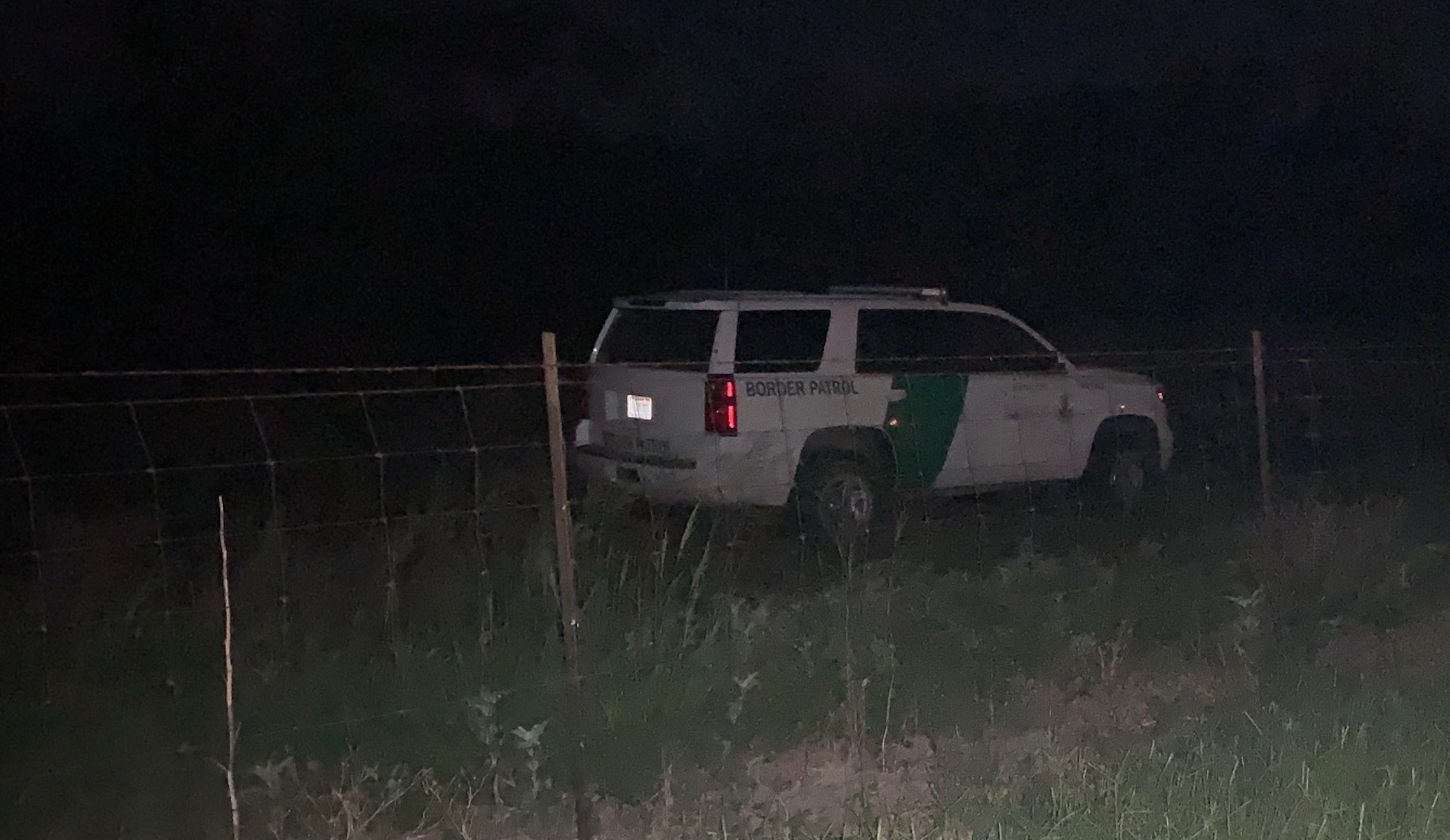
It is early in the morning on Monday. The Washington Examiner has been granted exclusive access to the match between Border Patrol and the human smugglers.
5:10 a.m.
Near the Bentsen-Rio Grande Valley State Park, dozens of agents are in position to respond to reports of suspected illegal immigration. An infrared camera mounted atop a truck will tip agents off to human crossings. Remote operators will lead agents in the field to those people, who are running to roads about half a mile away where getaway cars cruise around. If agents do not stop people here, they will likely get away.
5:29 a.m.
Agents go without flashlights and speak quietly so as not to alert anyone nearby. The agent I am following today, Christian Alvarez, tells me to follow him over a 4-foot-tall barbed wire fence. I climb over and follow him through a field of tall grass, falling several times. After 15 minutes of trailing the agent, he tells my other guide to go back to the vehicle and drive us ahead to where agents have several people in custody.
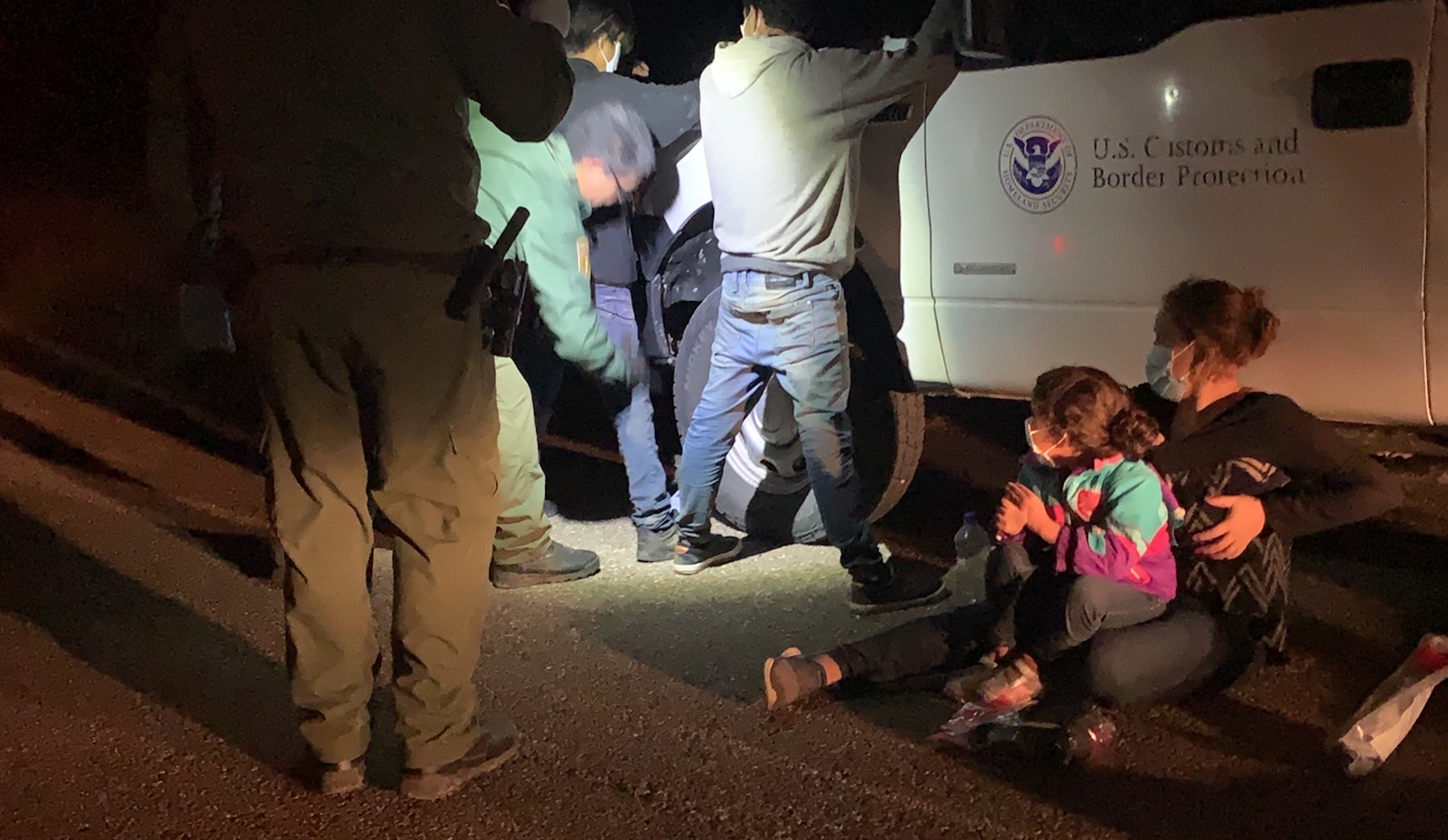
6:04 a.m.
By the time we get back to the vehicle, I am sweaty. It’s 76 degrees here, and the humidity is 96%. We drive to the other side of the field, where a woman is being treated by emergency medical technicians for a shoulder injury. Other people are on the ground with their backs to a Border Patrol pickup truck. All but one are adults. The adults say they came to find work.
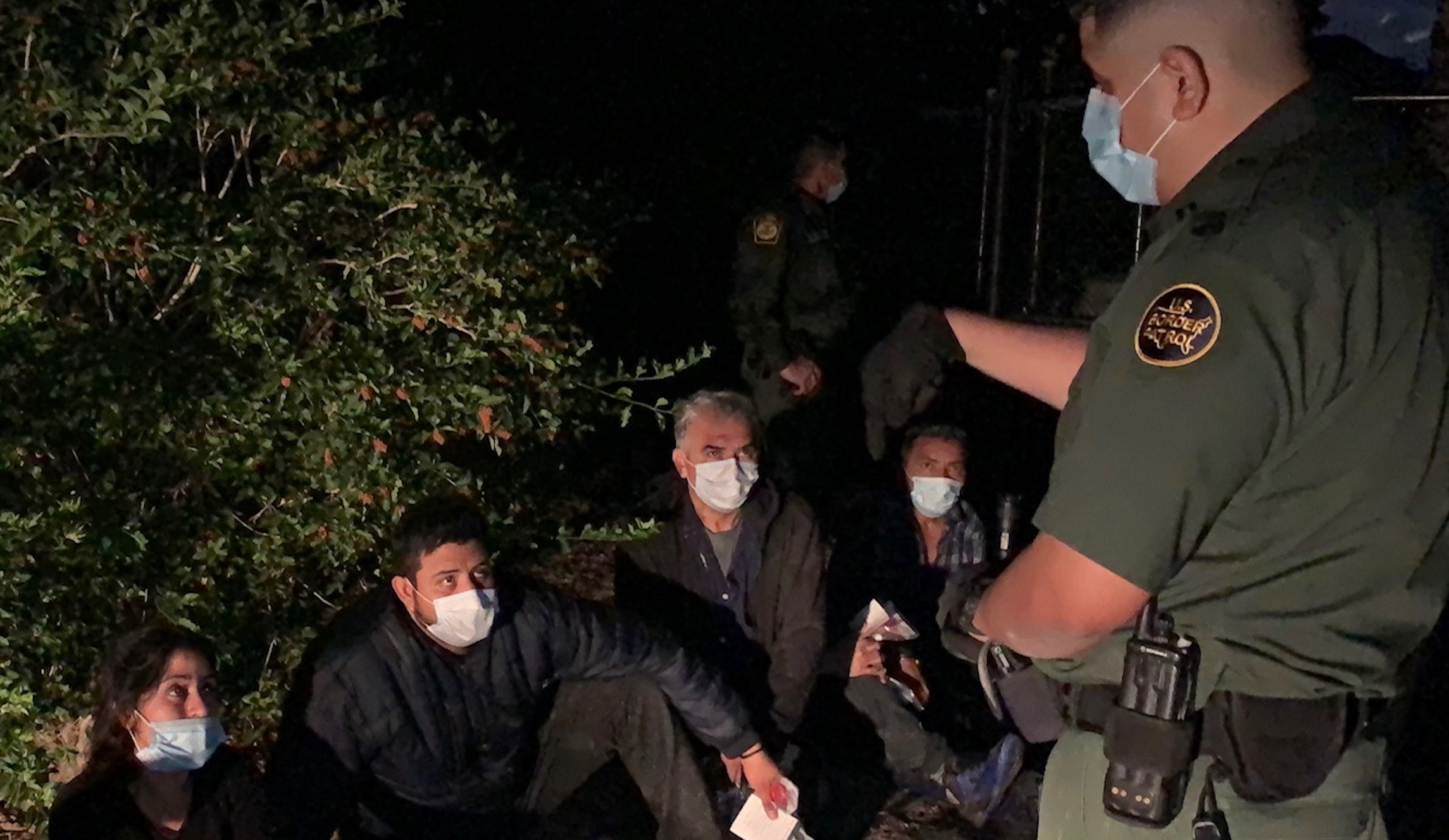
A larger group of people has been found across the field inside a gated recreational vehicle resort. Nine Border Patrol vehicles are already on scene.
The immigrants are men and women, teenagers and middle-aged. Some are from Mexico, and others are from Central America. Everyone is seated, then given face masks and told to put personal belongings into provided plastic bags. Agents take basic information from each person before they are walked to transport vans, where they will likely be taken straight to border crossings and returned to Mexico within hours, Alvarez explains. Depending on criminal backgrounds, some may be detained and transferred if there is a warrant.
Thirty people have been apprehended in the distance of a couple miles since we arrived. Another 20 people who crossed the river are still missing. We speak with seven adults here, but no one says they are seeking asylum. Two people break down in tears while talking with us, while others do not want to talk.
Alvarez says most of the people he is questioning will not admit to paying to get smuggled here. However, he says payments to the smugglers are made throughout each step of the trip, and most are paid after people arrive at their final destination and can work off their debt.
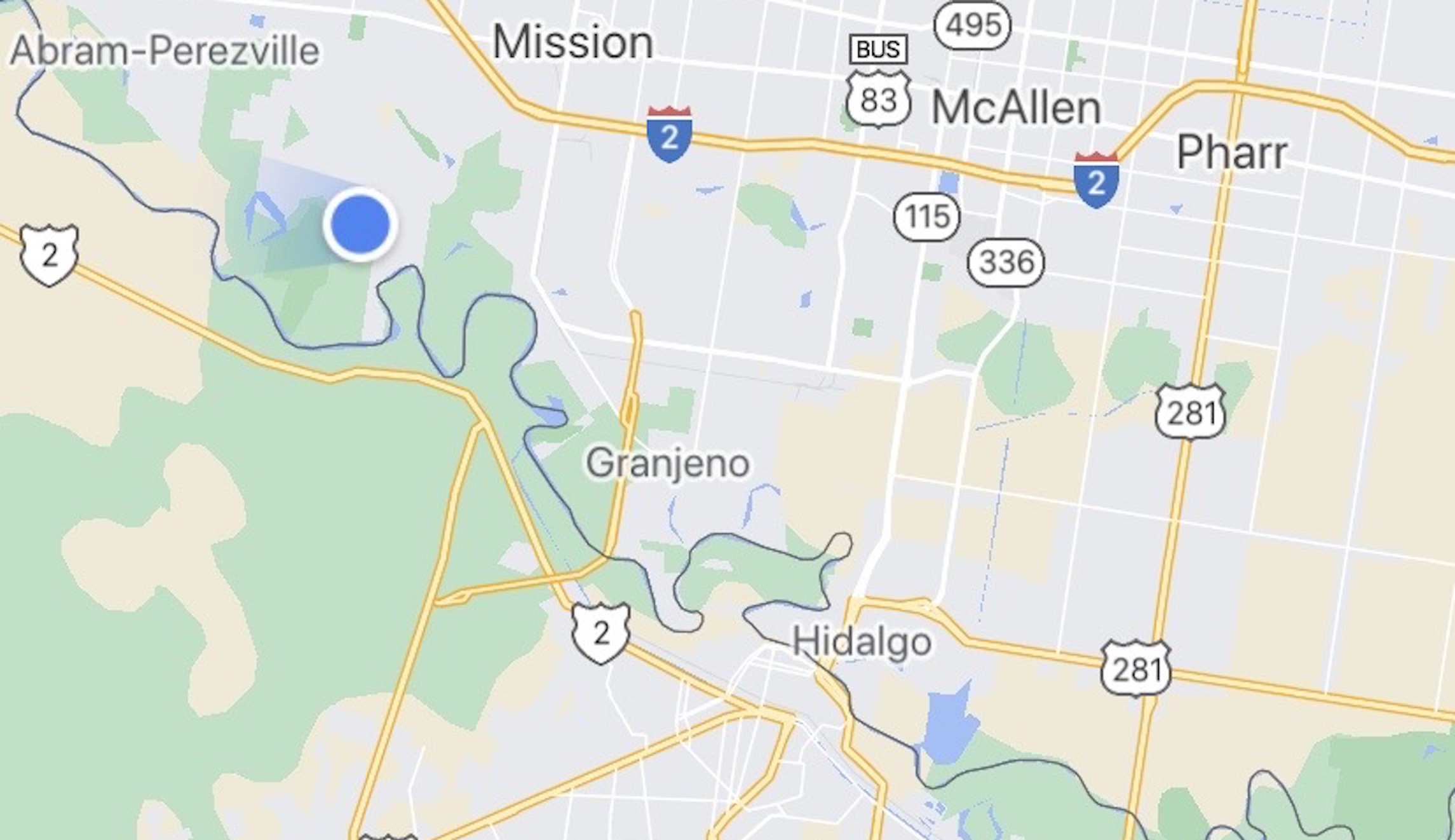
“From here, they were going to get picked up in a vehicle,” says Alvarez. The smugglers “were going to take them to a stash house here in the [Rio Grande Valley], where they can stay up for 10 to 15 days while their family from Guatemala and New York, New Jersey pays,” he says. “They’ll wire the money,” he continues. “Eventually, they’ll either stick them in a tractor-trailer … and see if they make it through the” Border Patrol highway checkpoints. “Or they’ll walk them for up to 30 to 40 miles around the checkpoint, where they’ll get picked up and then taken to another stash house up in Houston or San Antonio or Dallas. And then from there, they’ll break up to wherever they’re going.”
A Mexican woman here says she was going to Houston and used to live in New York with her husband, with whom she had two children. Her husband was deported, and she chose to leave her children in Houston with family and go back to Mexico with him. He abused her, and she left him in hopes of returning to her young children in the U.S.
A 19-year-old man from El Salvador said he was headed to Los Angeles because his mom lives there. A Mexican man said he was headed to McAllen to work in the fields.
An English speaker from Honduras says he lived in Austin, Texas, for 12 years before returning to Honduras when his mother got sick, though he also says he was deported after a run-in with Texas police. He says that Border Patrol has arrested him four times and that he paid $9,000 to get here today.
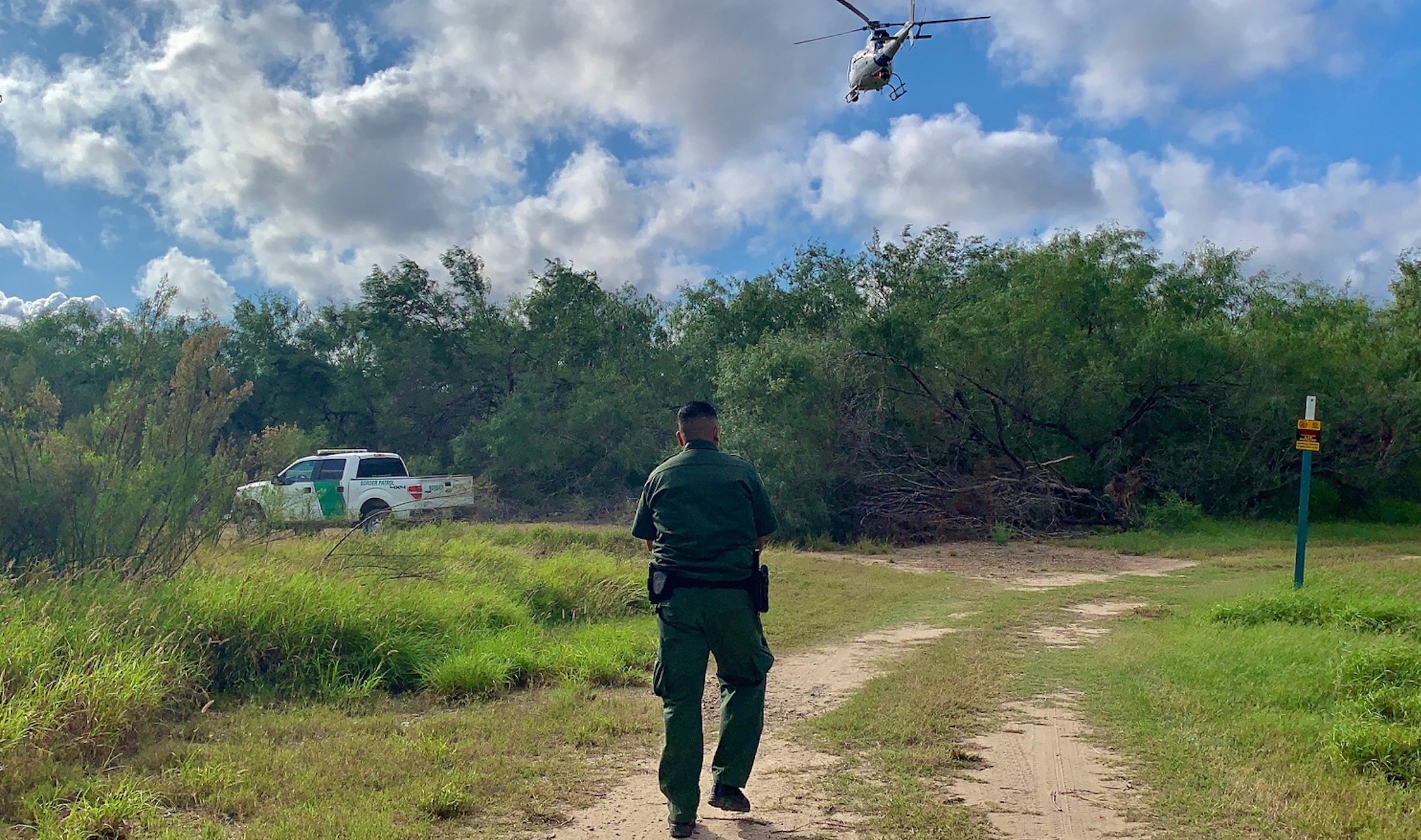
8:02 a.m.
According to the radio, four people have been sighted nearby, so the agent turns us around and rushes over. The drive is bumpier than a street with potholes. We get near the riverbank, but Alvarez says we are too late. He points to footprints going south. He can tell they were made several minutes before we arrived because the prints still have a lot of detail in them despite it being breezy.
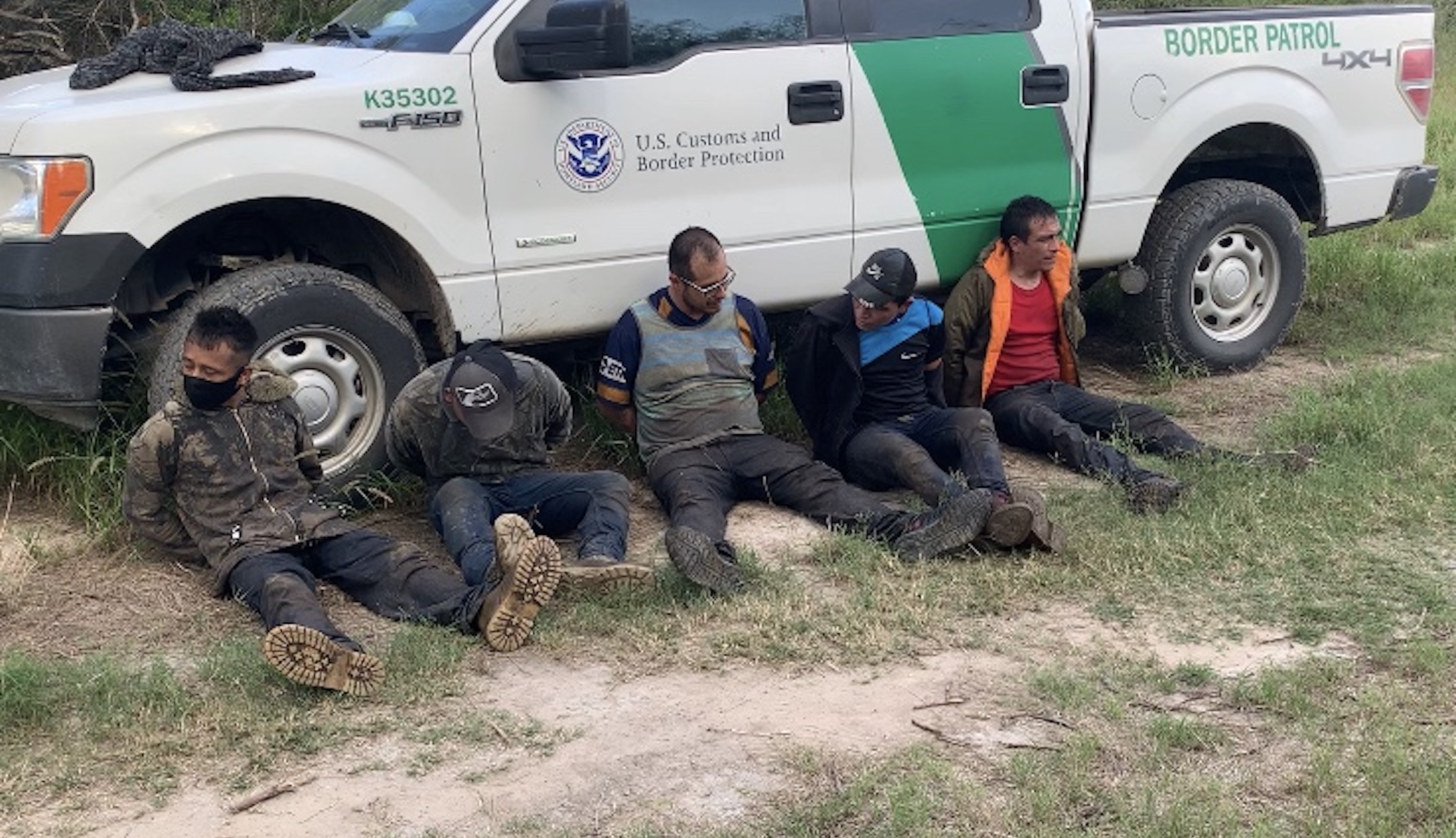
9:57 a.m.
We race over to a new area by La Joya, where a Customs and Border Protection helicopter is in the air tracking the group. Alvarez jumps out of the car and runs into the brush. There is no easy way to get into the overgrown brush. The helicopter is hovering no more than 50 feet above us. The chopper tells agents where to find the suspects. They find two young men in camouflage shirts and hiking boots. A third man apprehended is wearing glasses.
“These two right here — those are going to be the guides. They’re the cockiest,” says Alvarez. “See those boots right there? That’s the same boot the agents wear. That [third] guy speaks English. Without knowing anything about them, they probably all have multiple removals before, and they probably have criminal histories just because of the route they chose to take. They didn’t want to get caught.”
Agents run back into the woods while other agents stay here with these men. They will bring two more men out of the woods, and then, it is on to the next call.

